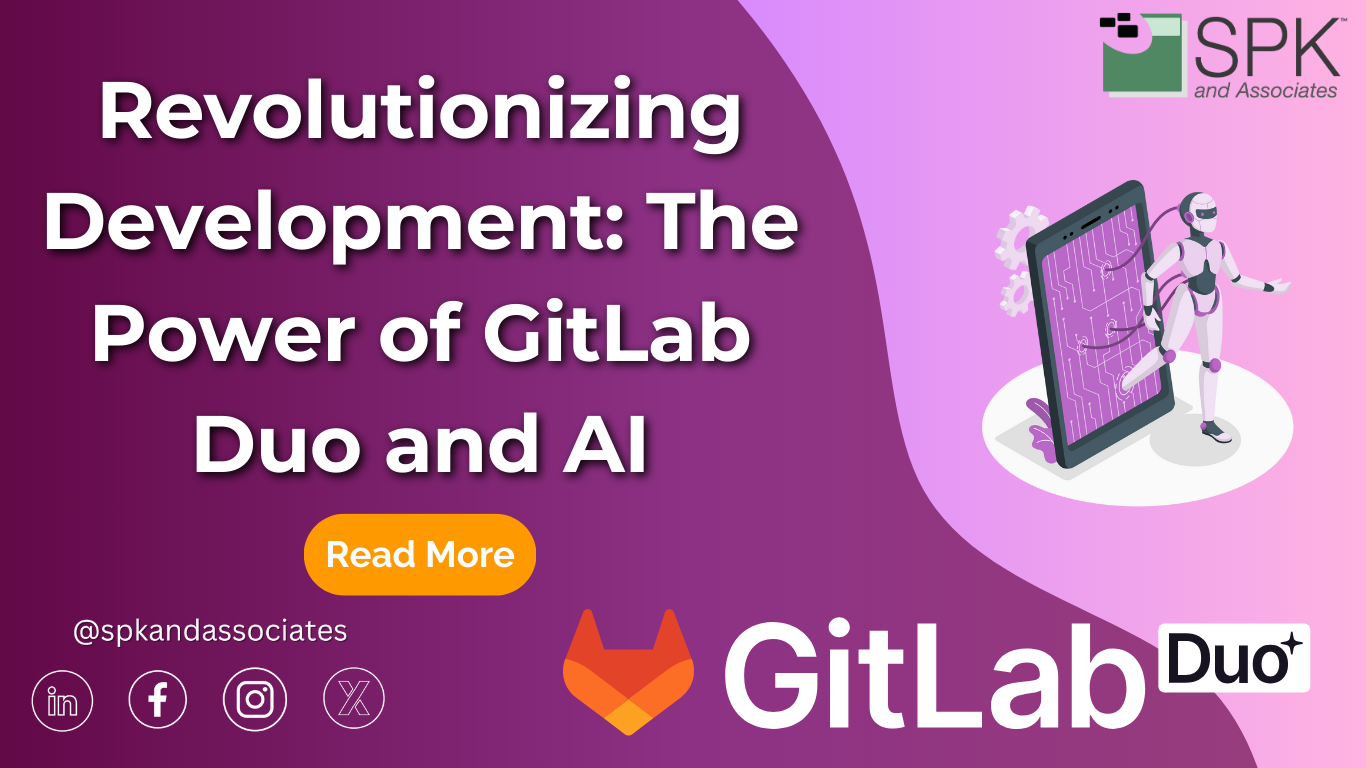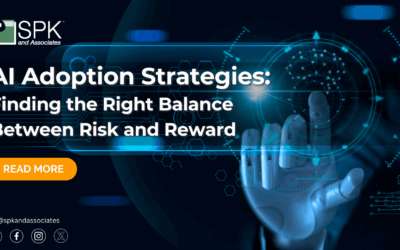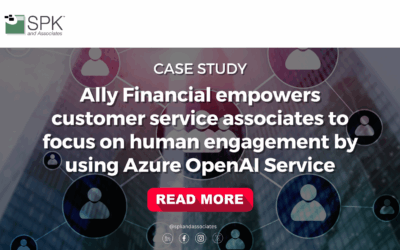Agile teams are under constant pressure to deliver high-quality products quickly. Unfortunately, the increasing number of tools teams rely on can become overwhelming. These teams need tools for version control, testing, deployment, project management, collaboration, and more. This phenomenon, known as toolchain overload, creates inefficiencies, disrupts workflows, and undermines the agility that these teams strive for. Toolchain overload often happens for mid-market and large enterprises. The amount of tools these teams need for different situations decreases productivity. Instead of speeding up development, a cluttered and fragmented toolchain slows down progress, increases context switching, and drains developer productivity. Let’s explore how a reduction in the toolchain can support better business outcomes.
Negative Impacts of Context Switching
Context switching refers to the mental shift required when moving from one task or focus area to another. This often causes a loss of efficiency as the brain needs time to reorient itself. For example, a software developer working on a feature in their IDE might need to switch to a project management tool to update a ticket. Then they message someone in Slack to get an answer to a question. Later, they switch back to their IDE to continue coding. Each switch disrupts their flow, requiring time to re-engage with the task at hand. This ends up reducing overall productivity.
Research suggests that frequent context switching can cause a productivity loss ranging between 20% to 80%. Developers are particularly susceptible to this loss because switching between complex tasks, such as coding, debugging, and meetings, requires reloading complex mental models Additionally, a study conducted by the University of California, Irvine, found that it takes an average of 23 minutes and 15 seconds to get back on task after a distraction. This means that each context switch introduces a significant delay before developers can return to their original productivity level.
Developers and Context Switching
Unfortunately, developers are the main group that gets hurt by context switching because their role is so diverse. According to a study published by RescueTime, knowledge workers spend as much as 40% of their time dealing with context switching. This includes time spent shifting between different tools, attending meetings, or responding to communication tools. Some studies indicate that frequent task switching can lead to higher error rates. Switching between tasks such as writing code, testing, or managing project documentation can increase error rates by up to 50%. This results in time-consuming bug fixes.
Software Development Deep Work
According to research from Asana’s Anatomy of Work Index 2021, developers typically spend only 2-4 hours per day in a state of “deep work.” Deep Work is the period of time where they are fully focused and working on complex tasks. Context switching, meetings, and other interruptions take up a substantial portion of the remaining work hours.
A survey by Stripe and Harris Poll showed that 48% of developers reported frequent context switching. This is largely due to the need to use multiple tools and platforms that aren’t well integrated. Fragmentation like this not only interrupts workflows but also requires time to switch between tools.
Studies also show that focusing on one task at a time—commonly referred to as “monotasking”—can increase overall efficiency by up to 30%. This can lead to fewer mistakes and a more streamlined, effective work process.
Overcoming Toolchain Overload
Automating Repetitive Tasks
Automating repetitive tasks within software development tools like Jira can significantly enhance the efficiency and productivity of software developers. By streamlining routine processes such as issue tracking, updates, and status reports, automation reduces manual effort and minimizes the risk of human error. This shift allows developers to focus more on complex problem-solving and creative aspects of software development. It also prevents them from getting bogged down by mundane, manual tasks.
Additionally, automation in Jira can facilitate faster turnaround times for projects, improve the accuracy of task execution, and enhance overall project management. As a result, developers can manage their workloads more effectively. This leads to increased job satisfaction and better use of resources across the development team. Furthermore, tools and platforms like GitLab or Jenkins can remove the need for external tools. This helps teams stay focused and aligned with Agile principles.
Focus on Developer Experience
Companies can also help reduce their toolchain by focusing on the developer experience. Streamlining the toolchain is essential for enhancing productivity and satisfaction among software development teams. A large, disparate set of tools can create inefficiencies that slow down processes and increase the cognitive load on developers. Ultimately, this makes it harder for them to concentrate on their core tasks. By reducing toolchain overload, organizations can eliminate unnecessary complexities that distract developers from their main objectives. Simplifying the toolchain allows for a more seamless integration of necessary tools. This significantly decreases setup times, reduces errors, and fosters a more intuitive working environment. The focus on optimizing the developer experience not only boosts efficiency but also enhances job satisfaction. Developers spend less time navigating between tools and more time creating value, thereby enabling teams to work faster and more effectively.
Tool Governance, Best Practices, and Security
Implementing tool governance guidelines is crucial for organizations to prevent ad-hoc additions of software tools that may not align with overarching business objectives. By establishing clear policies on tool procurement and usage, companies can ensure that every tool added to the technology stack serves a specific purpose and integrates seamlessly with existing systems. This disciplined approach not only streamlines operations but also reinforces the strategic alignment of tools with business goals. Furthermore, defining standards for tool usage across the organization promotes consistency in workflows and operations. This significantly reduces the learning curve for new team members. Such standardization facilitates quicker onboarding and proficiency. Overall, it enhances productivity and enabling smoother collaboration across various teams.
Using a tool like GitLab helps implement security components as part of the process, eliminating unnecessary tools in the toolchain. This structured governance ultimately leads to more efficient use of resources and a stronger, more coherent IT infrastructure (i.e. no shadow IT).
Leveraging AI and Automation
The integration of AI and automation into the software development toolchain marks a significant leap towards more efficient and effective workflows. AI-driven tools are increasingly capable of preemptively providing coding assistance, identifying potential issues, streamlining workflows, and automating routine tasks that can bog down development processes. Common tools include Atlassian Intelligence and GitLab Duo and Duo+. By harnessing the power of AI, companies can minimize the need for multiple standalone tools. Instead, they provide developers with integrated solutions that offer advanced code completion, error detection, and proactive suggestions. This reduces the cognitive load on developers and enhances their ability to maintain focus on high-value activities. Investing in AI-operable tools is reshaping the landscape of software development, making it possible to achieve faster delivery times and higher quality outputs.
What’s Your Tool Chain Resolution For 2025?
Moving into 2025, the amount of change in the software development space is massive. Between AI, remote teams, and the advancement of Agile development methodologies, software teams are always looking for ways to reduce overload. As companies like SPK and Associates continue to innovate and offer guidance, reducing toolchain overload becomes simple. By adopting a more integrated and simplified set of tools, companies can significantly reduce the cognitive load on developers, leading to quicker project completions, fewer errors, and overall greater job satisfaction. Explore the future of software development with SPK and Associates and discover how your organization can benefit from streamlined toolchains and advanced AI integrations. Contact us today.











